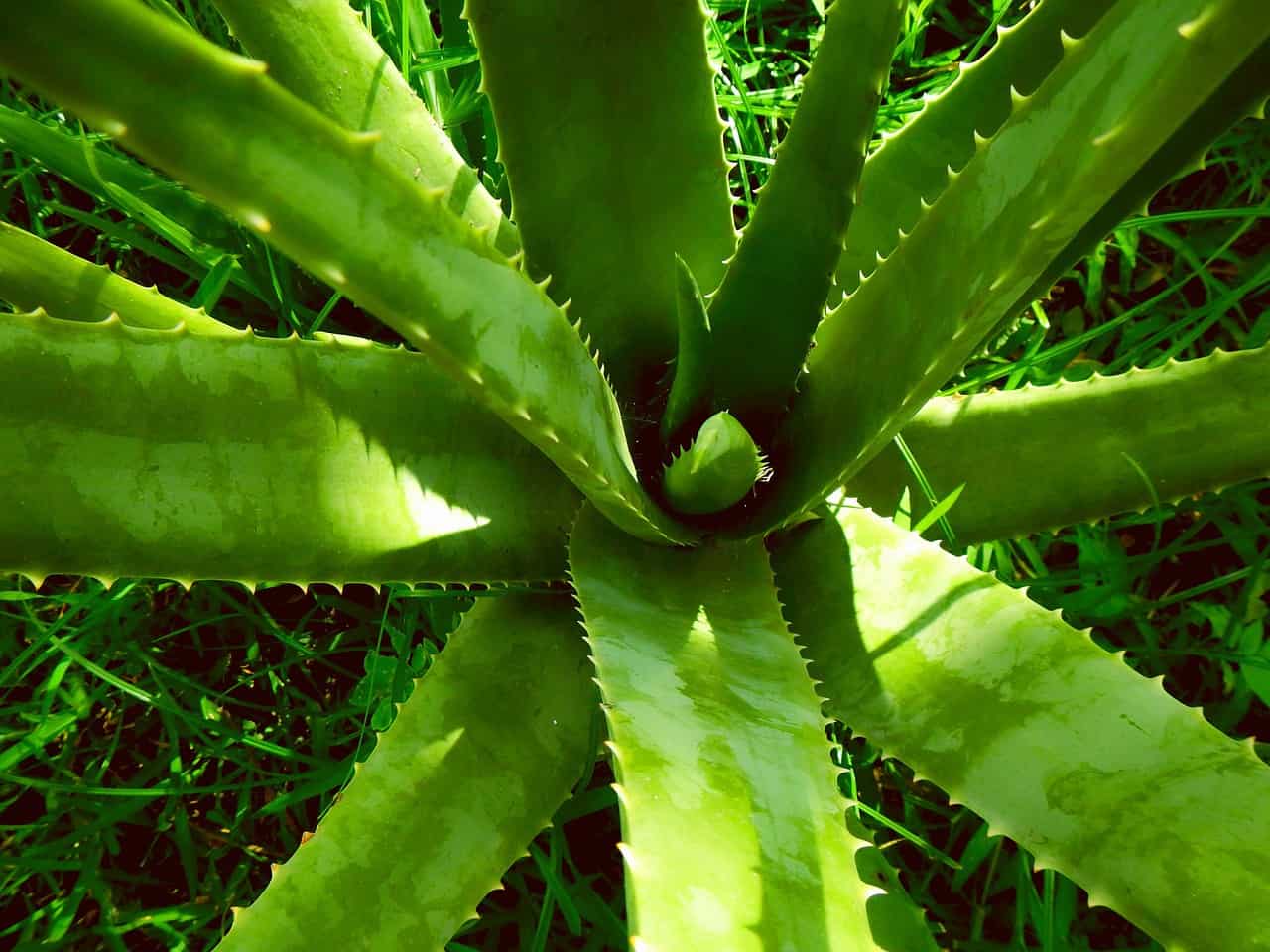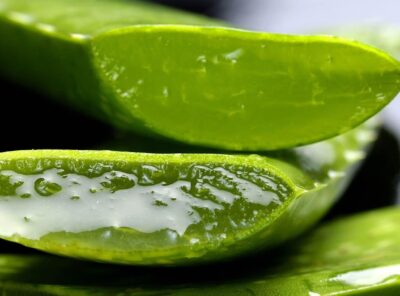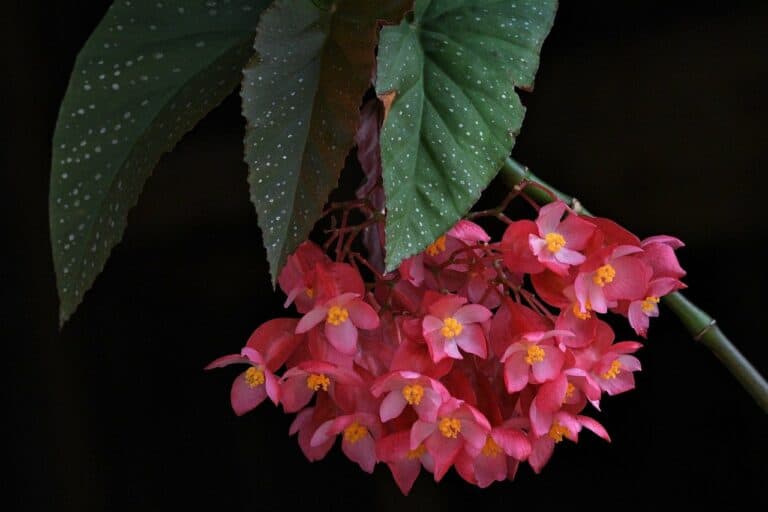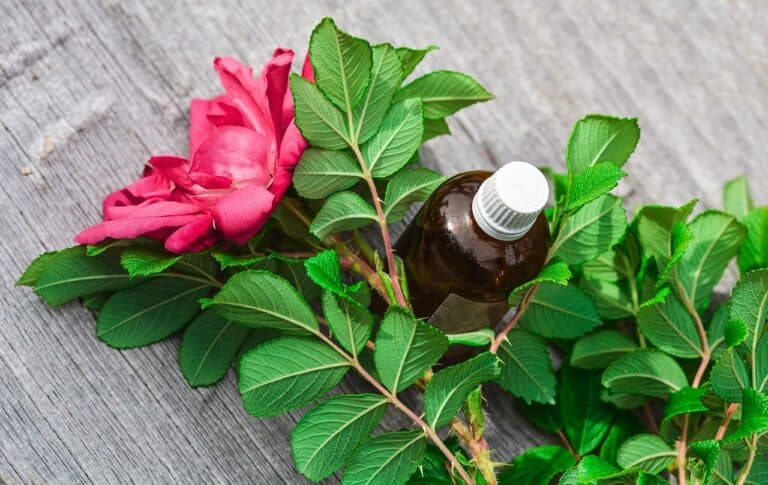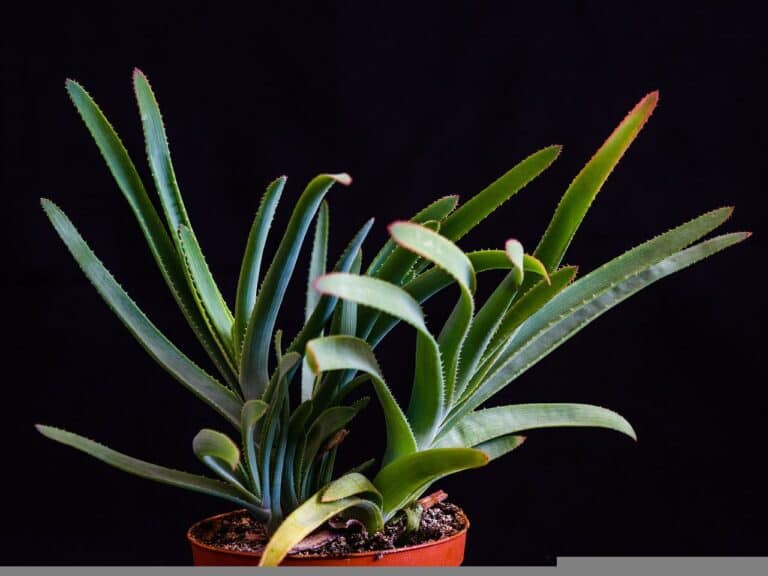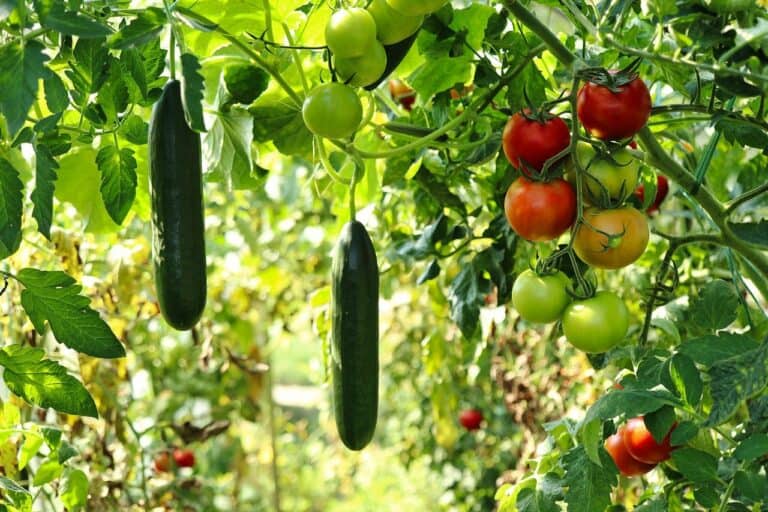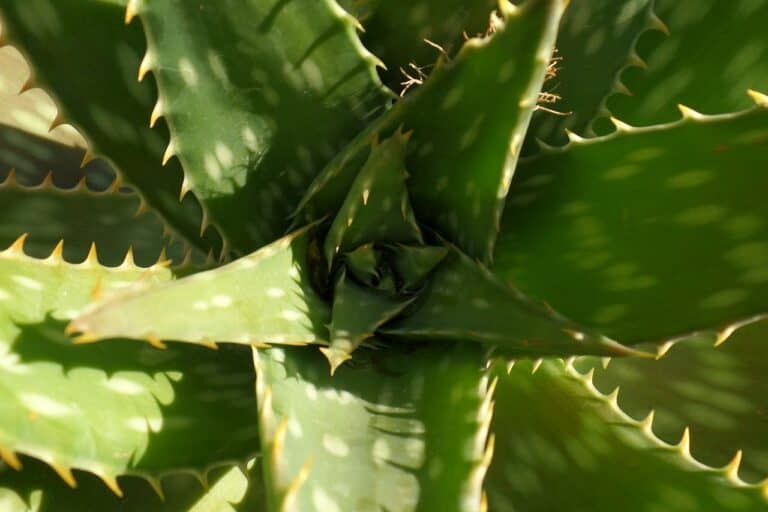Table of Contents
Aloe Vera – Cultivation and Gardening
With its magical healing properties, Aloe Vera is as practical as beautiful. The sap from the succulent leaves has been used for thousands of years to relieve sunburn, skin irritations, acne, and eczema.
Lucky for you, it’s an easy plant that doesn’t require much watering and blooms easily both indoors and out.
Cultivation Plant Aloe Vera
Unlike other succulents, aloe vera is not usually propagated by leaf cuttings. Instead, it is grown from the young plant, the shoots, or “pups,” that appear at the base of the adult plant.
Once loosened and potted, these young plants will need some care before they become established. Read on, and you’ll learn all about aloe vera propagation and maintenance.
Step 1: Propagation of Aloe Vera
Although mature plants can sprout, they are more likely to do so if they are root-bound. Therefore, let your aloe vera plant fill the pot it is growing in to spark “puppy” production:
Wait for the “puppies” to come out. They are young plants that share the root system of the mother plant. Do not separate shoots until they are large enough to develop their root system. Once the young plant has reached a height of 3 to 5 inches, it is time to loosen it.
Remove some soil from the base of the plant until you see the point where the “puppy” is attached to the mother plant. Then, using a sharp knife, cut it off from the mother plant, taking care to keep the roots of the young plant attached, if any.
Leave the cut plant outdoors for a few days to allow the wound to heal before planting it in the ground.
Fill a container with a potting soil mix and place the young plant in it, careful not to burn the leaves. You may have to support the plant with pebbles as the roots are too small or sometimes even non-existent.
Water the base of the plant every few days until the roots develop. If the plant already has roots, give it a single watering and leave it in the shade for three weeks.
Step 2: Aloe Vera Care
Once your newly planted aloe vera has taken root, it will need regular maintenance to thrive.
Aloe Vera Care
Aloe vera is easy to care for; just follow the advice, and you will have a thriving plant:
Sunlight
Aloe vera likes to grow in warm, sunny places where it can get 8 to 10 hours of sunlight. Therefore, if increasing it as a houseplant, place the pot near the most sunlit window, preferably facing south or west.
However, if you notice the tips of the leaves turning brown, the plant may be getting more sun than it needs. Move it to a more shady spot to protect it from sunburn.
Irrigation
Although aloe vera tolerates drought, it needs to be watered regularly when the weather is hot and dry. However, excessive watering is more harmful to the plant than regular watering.
The most common reason for an aloe vera to die at the hands of a home gardener is excessive or too frequent watering. As a general rule, feel the soil tight with your finger and Water only when the top 5 cm of the soil is dry. Aloe vera goes dormant during the winters and needs very little water during this period. Therefore, do not water more than once or twice a month in cold weather.
When caring for your Aloe Vera plant in winter, it is best to read our article on the mistakes to avoid in winter.
Fertilization
Aloe vera can grow successfully even without any fertilization. However, if you want to add additional fertilization, feed the plant once a year at the beginning of the growing season, i.e., late spring. Then, apply a fertilizer rich in phosphorus and low in nitrogen, prepared in half doses.
Weed Control
Weeds are less of a problem when aloe vera is grown in pots. However, when grown outdoors in flower beds, keep the area well cleared to encourage healthy plant growth.
Step 3: Transplant the Aloe Vera
Aloe vera has a short root system but abundant foliage. Therefore, they usually need to be transplanted into a larger pot when they get heavy and lean to one side. However, it is better to leave them in the same pot for a while to trigger the production of “little ones.”
Choose a container with a hole in the bottom for drainage and fill it with well-draining potting soil. Cactus soil mix is a good option, but you can also make your own by amending regular potting soil with additional perlite. Next, place the plant in the ground and cover the root ball with soil, ensuring that the leaves do not touch the ground.
You can cover the ground with gravel or pebbles to support foliage and reduce evaporation. Allow the root system to heal from the transplant a few days before watering the plant.
Step 4: Collect Aloe Vera Gel
As well as being a beautiful ornament, Aloe Vera contains a magical gel inside its thick leaves. You can quickly harvest it and use it for countless home remedies. Accelerates the healing of burns and wounds and reduces acne. It also hydrates the skin and fights skin aging.
To extract the gel, cut a leaf at the base with a knife from the outside of the plant. Place it on the counter and cut it horizontally lengthwise. Extract the gel, and you will have your natural skincare balm ready in no time.
Please note that aloe vera is for topical use, and ingestion is not recommended. In addition, overeating aloe vera can cause kidney damage.
Conclusion:
This is everything you need to know to plant and grow this beautiful, low-maintenance plant. Although young plants may need a little more attention until they become established, mature plants are pretty robust and will thrive with minimal care.


